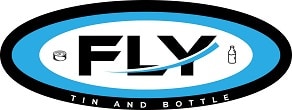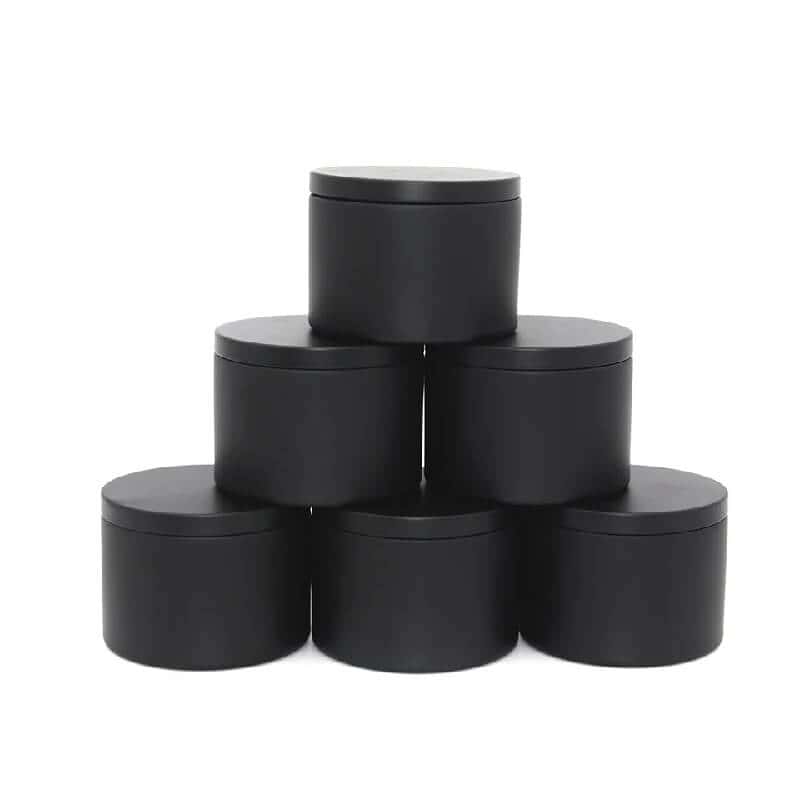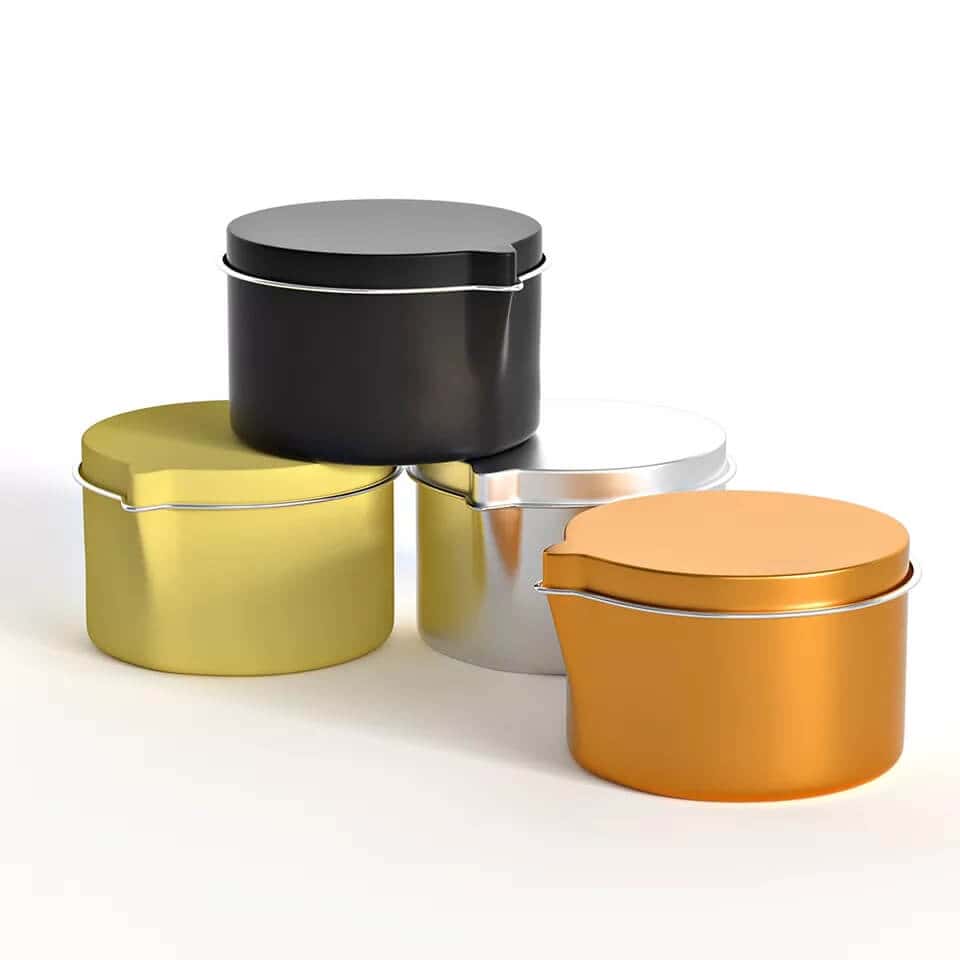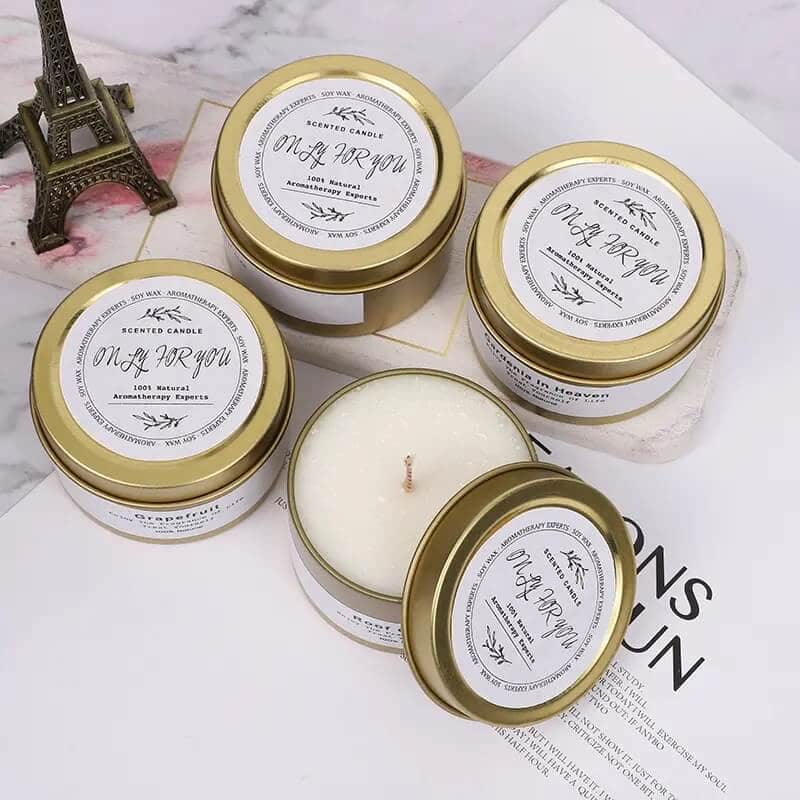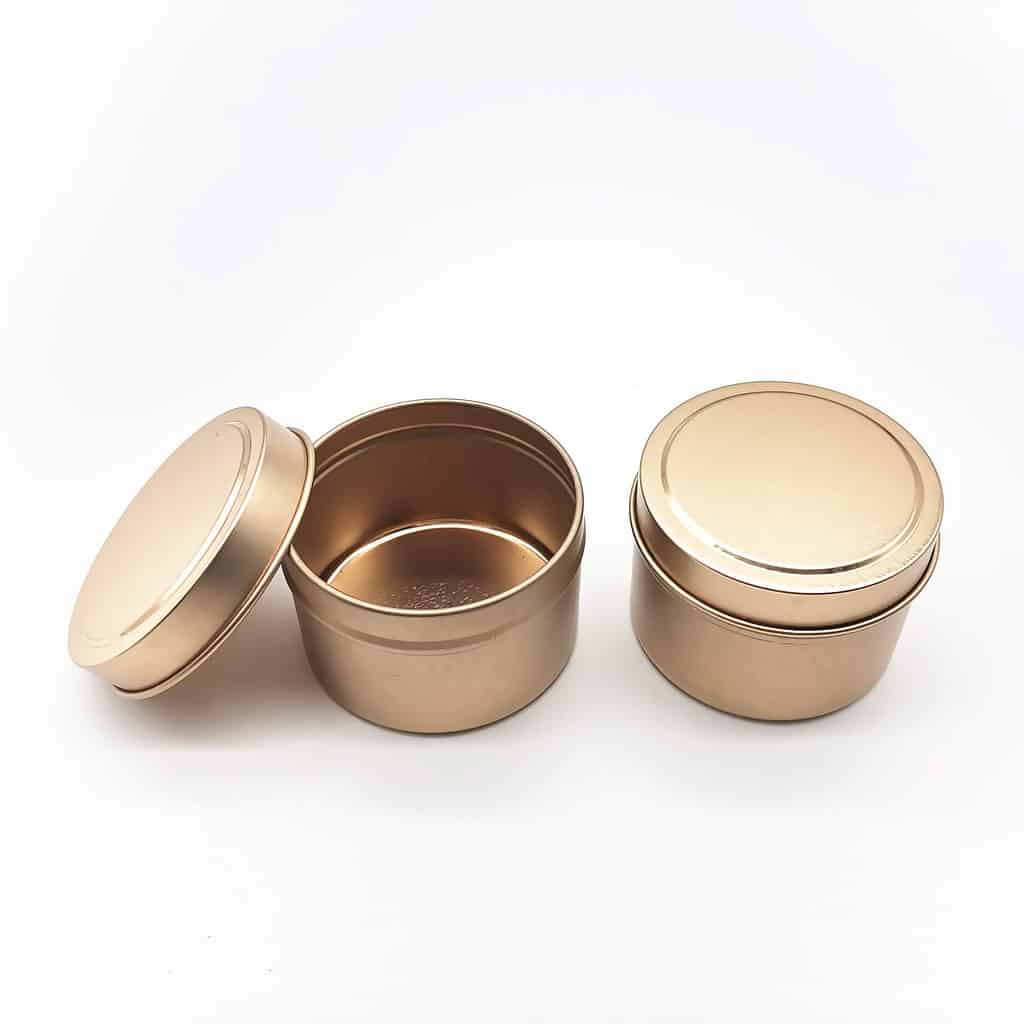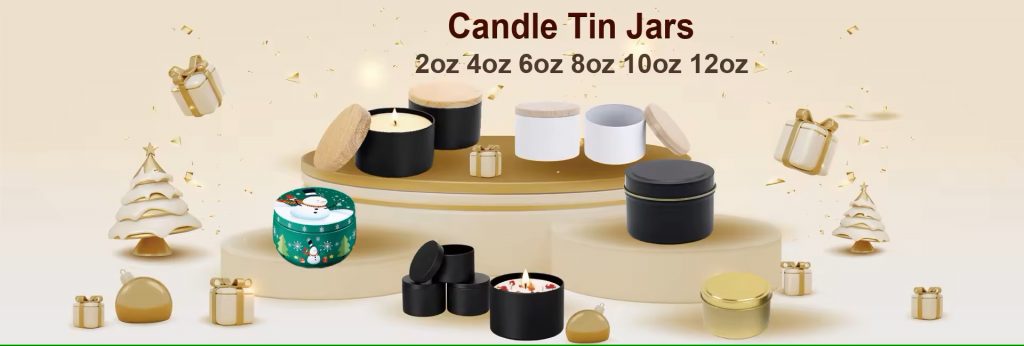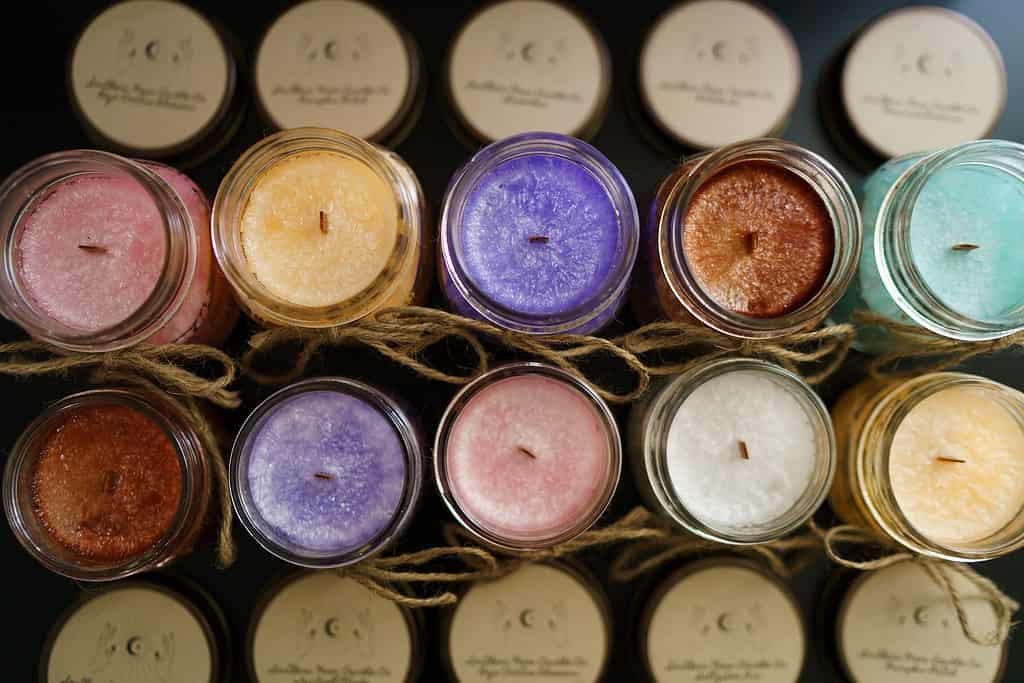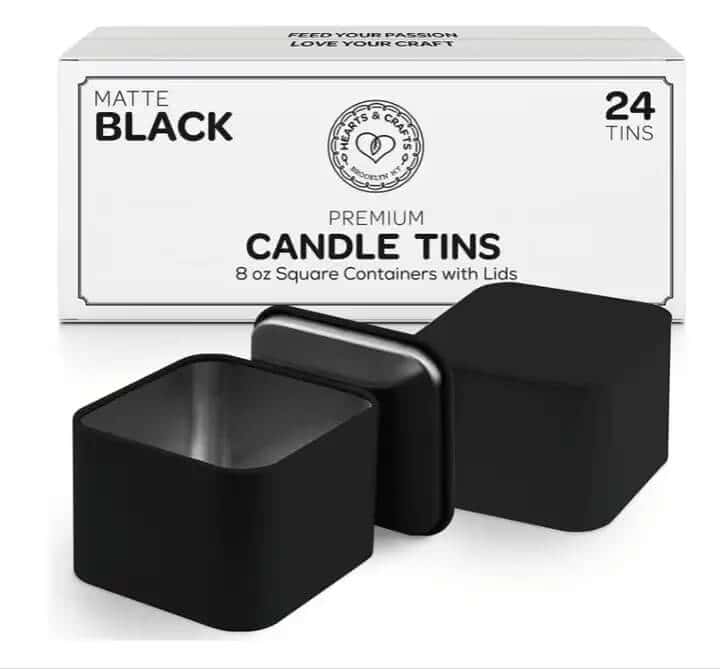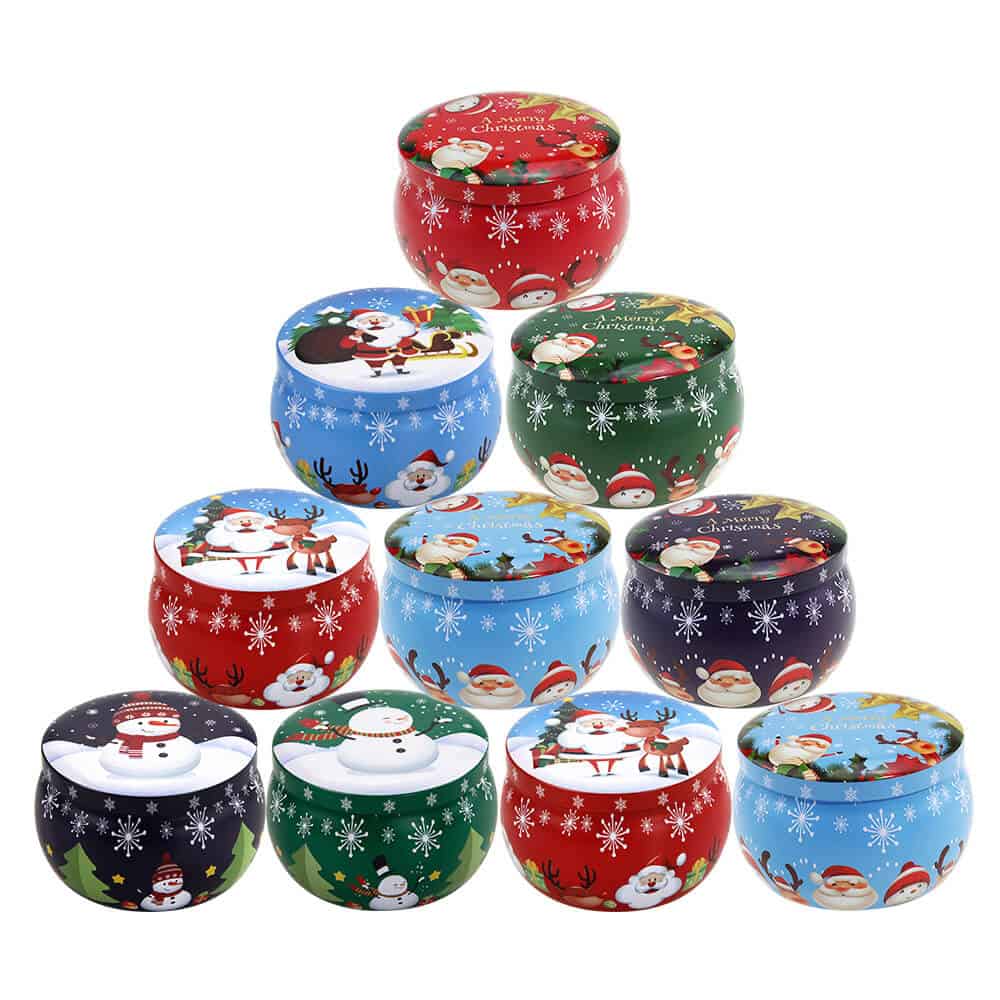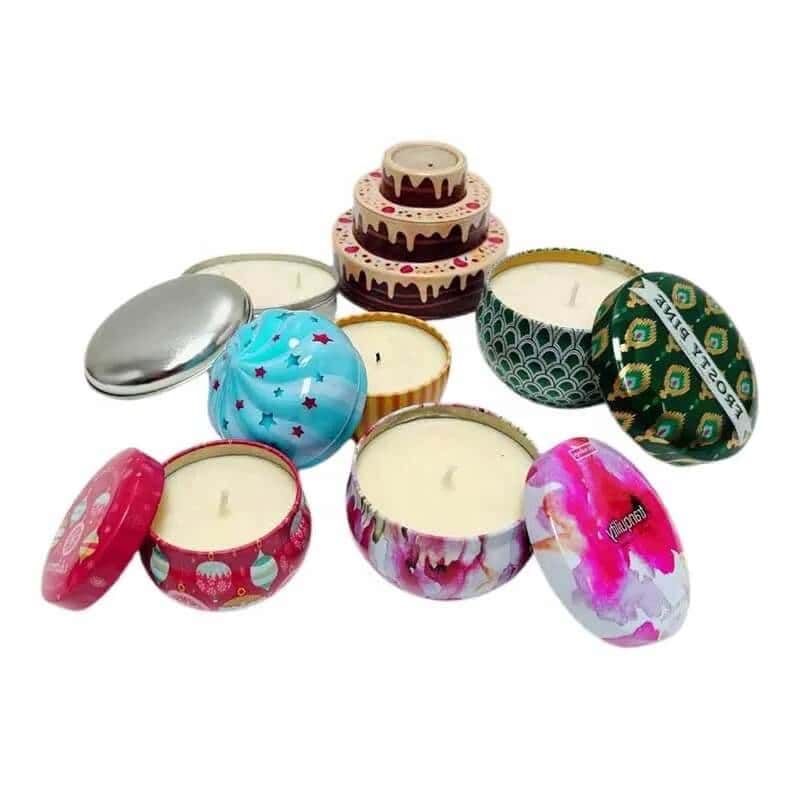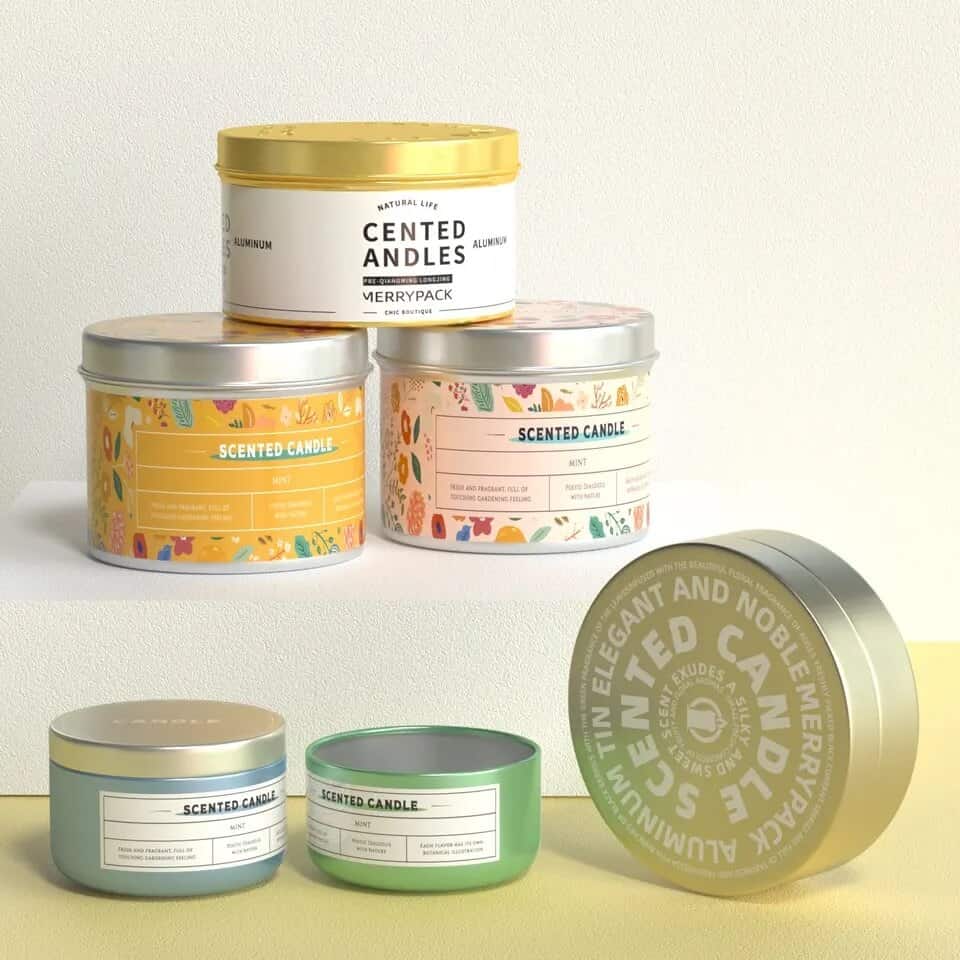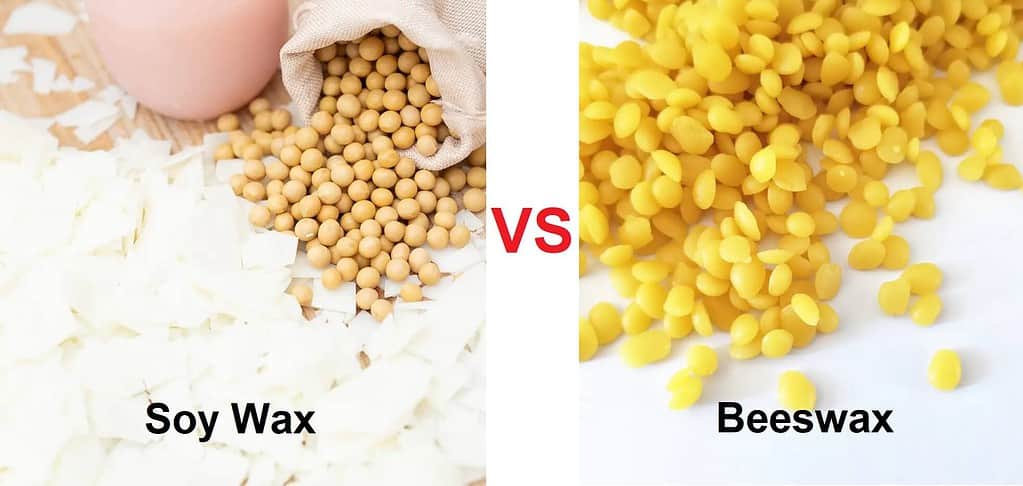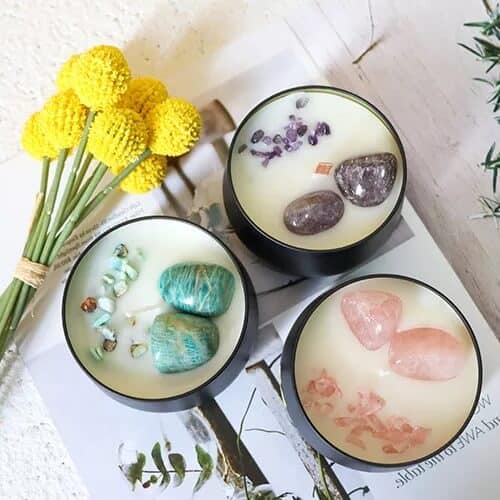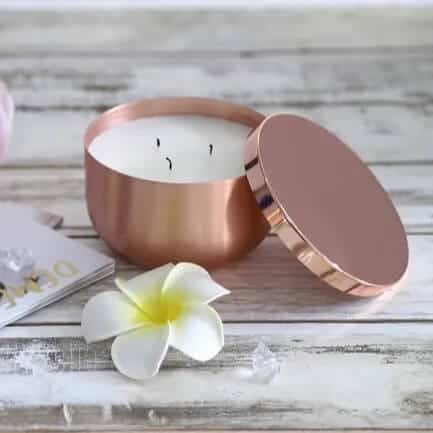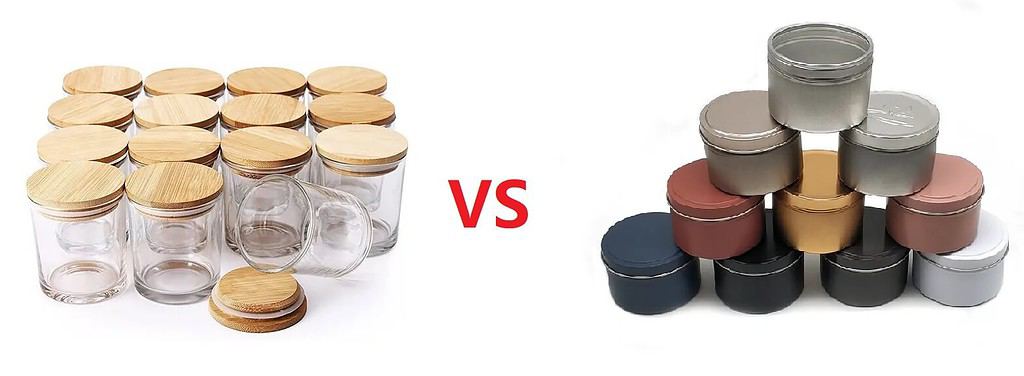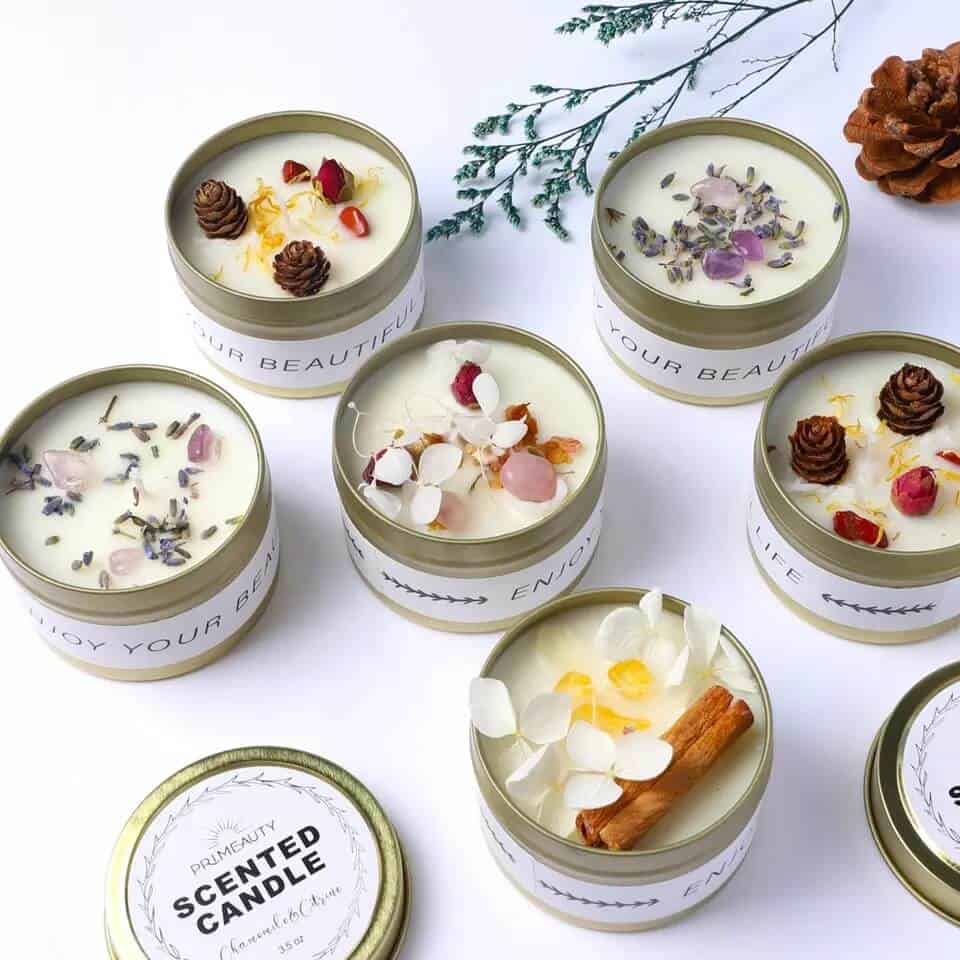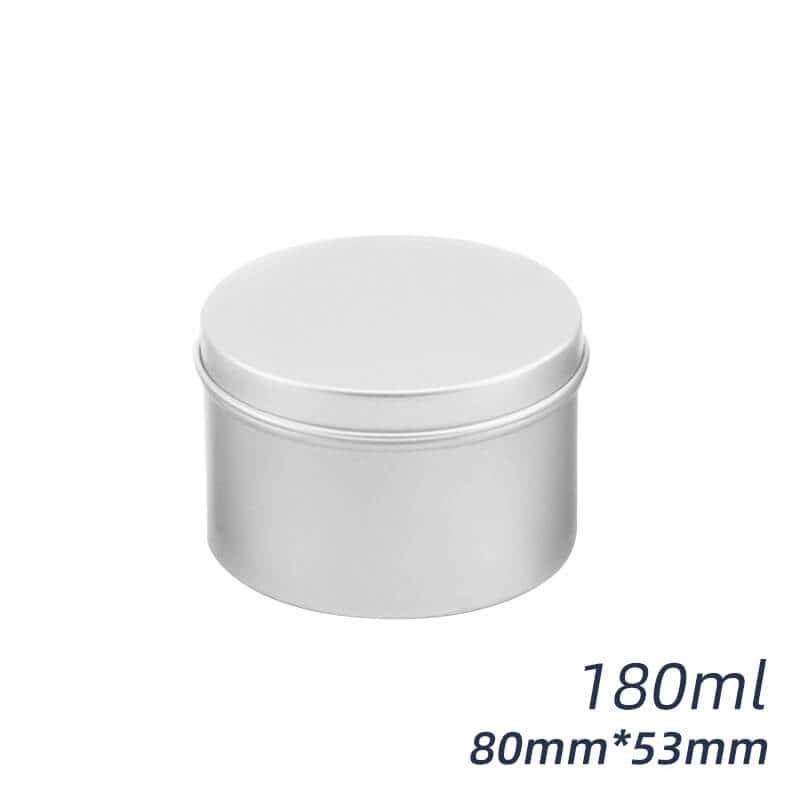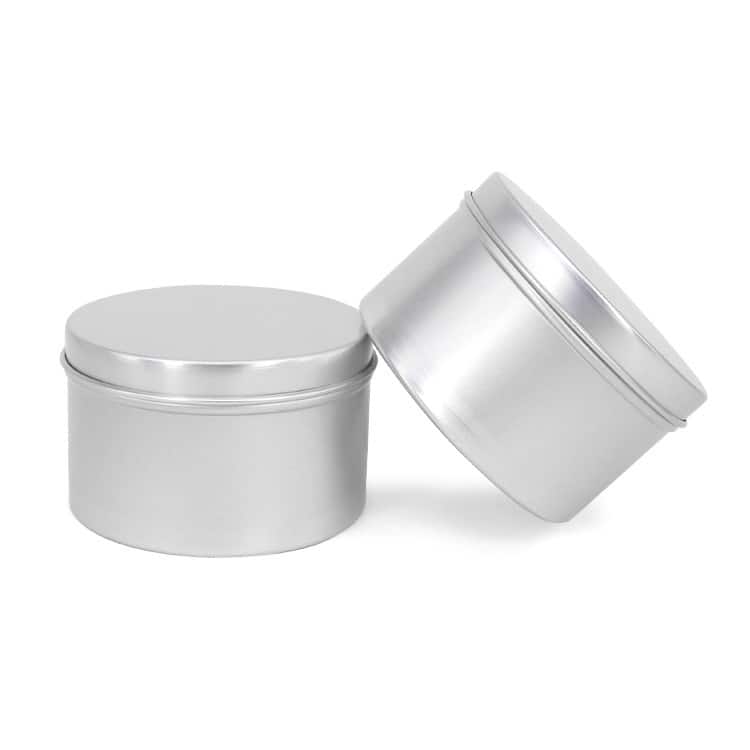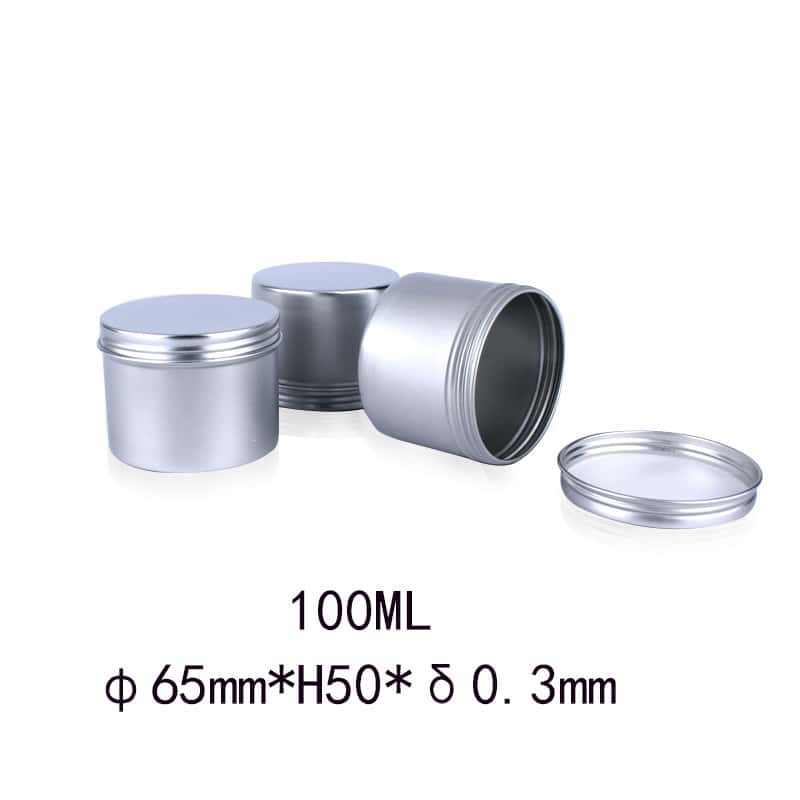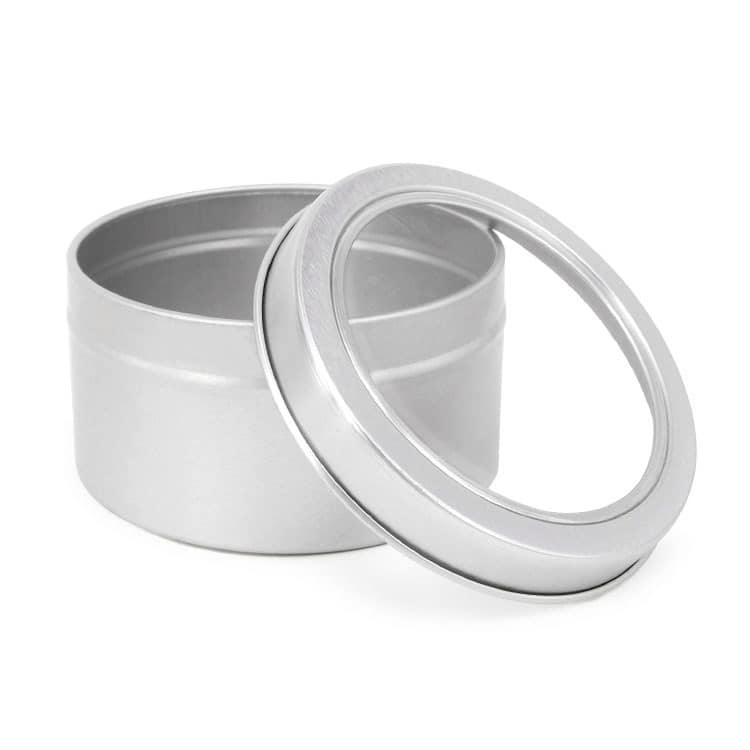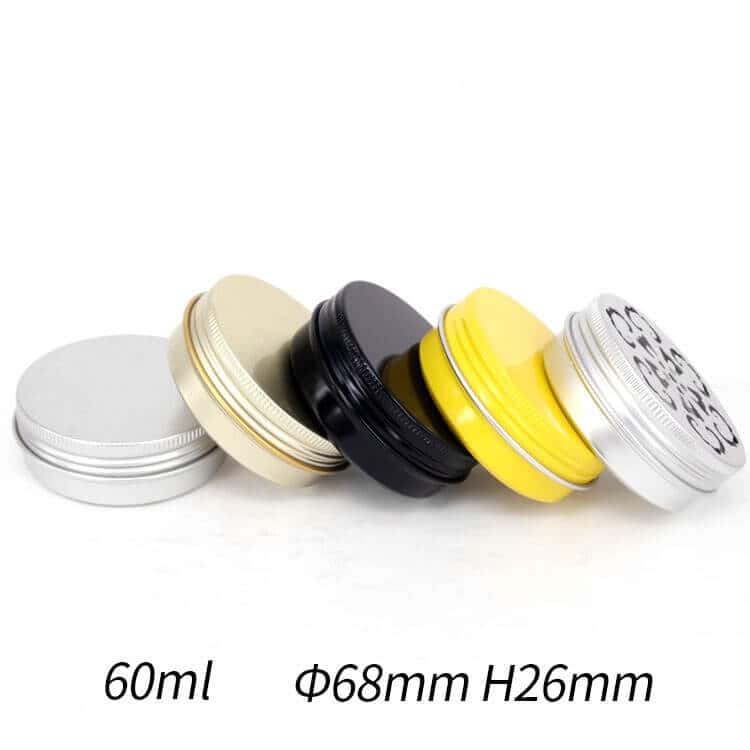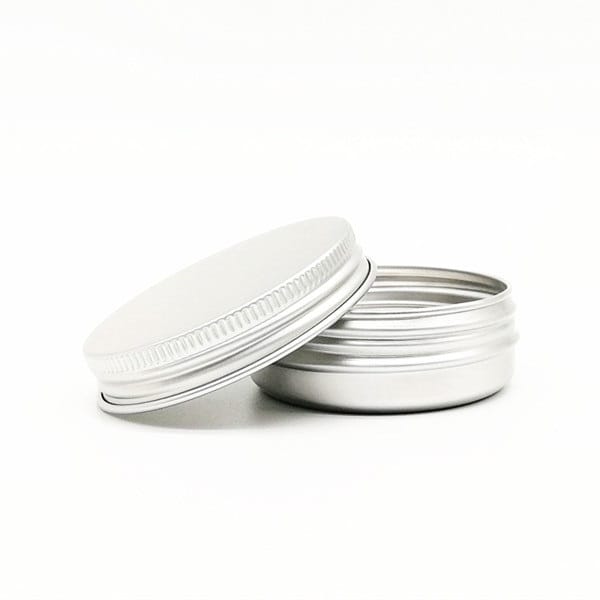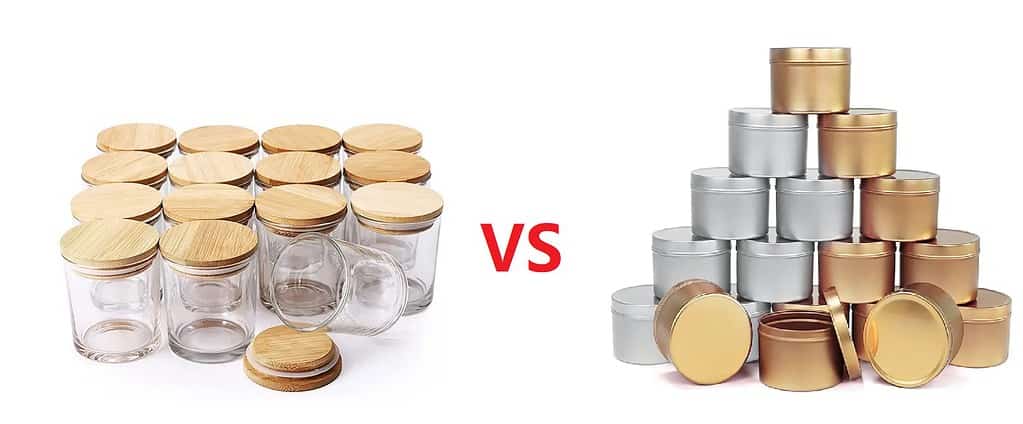
Candles create ambiance, warmth, and relaxation in our homes. Their containers play a crucial role in their appeal and practicality. In this article, we’ll explore the differences between two popular candle containers: candle tins and candle jars. We’ll discuss their advantages and disadvantages, materials, safety concerns, and environmental impact. By the end of this guide, you’ll have a better understanding of these containers, helping you choose the best option for your candles. Join us as we delve into the world of candle tins and candle jars, and discover which one is right for you.
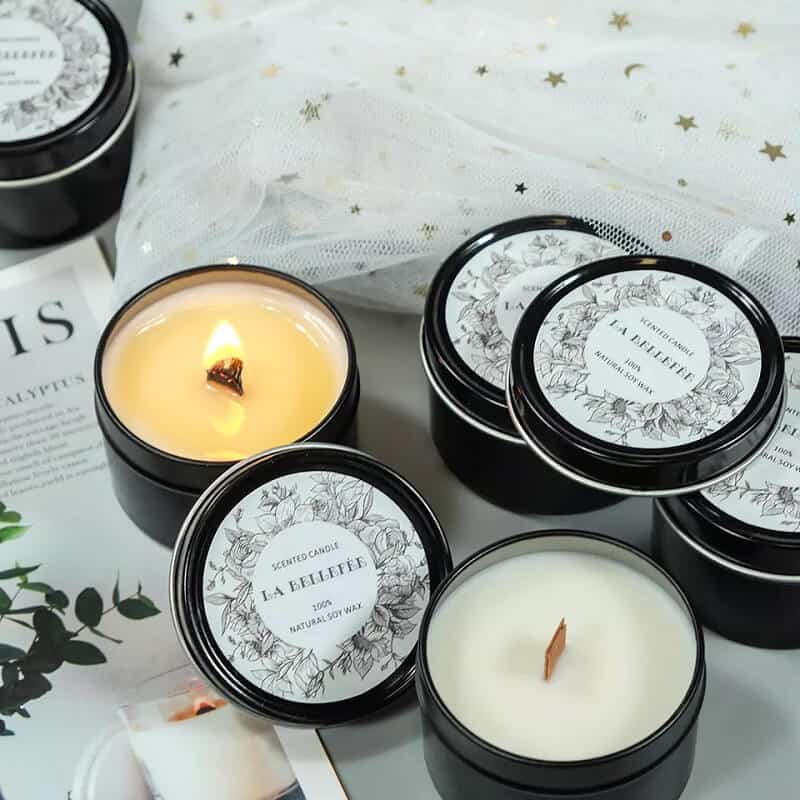
What are candle tins?
Candle tins are lightweight, durable containers made from tin-plated steel or aluminum, designed to hold candles. They offer heat resistance, and portability, and are eco-friendly due to their recyclability. Available in various sizes and shapes, candle tins provide a practical and sustainable choice for candle enthusiasts.
Candle Tins Advantages
Candle tins offer several benefits that make them an attractive choice for candle enthusiasts. Some of the key advantages of using candle tins are:
Lightweight and portable:
Tins are lighter than glass jars, making them easier to transport and handle. Their compact size and lightweight nature make them perfect for travel candles or for placing in smaller spaces.
Durability:
Candle tins are made from metal, which is less prone to breakage compared to glass jars. This durability ensures that they can withstand minor bumps and falls without damage.
Heat resistance:
Metal has a higher heat resistance than glass, so candle tins are less likely to crack or shatter when exposed to high temperatures.
Cost-effectiveness:
Generally, candle tins are more affordable than glass jars. This makes them an attractive option for those looking to save on costs or for candle makers who want to produce candles in bulk.
Environmentally friendly:
Tins are more easily recycled than glass, which can be a significant advantage for those who prioritize sustainability. Additionally, the production process for tins generally has a lower environmental impact compared to that of glass jars.
Black candle tins
Scented candle in tin
Candle tin with pour spout
Gold Candle Tins
Rose Gold Candle Tins
Candle Tins Disadvantages
Despite their numerous advantages, candle tins also come with a few drawbacks that you should consider before making your decision. Some of the main disadvantages of candle tins are:
Limited design options:
Candle tins generally offer fewer design choices compared to glass jars. They may not have the same visual appeal or variety of shapes, sizes, and colors that glass jars provide.
Can become hot to touch:
Metal conducts heat more efficiently than glass, which means that candle tins can become hot to touch when the candle is burning. This can be a safety concern, and users should exercise caution when handling a lit candle tin.
Possible denting or warping:
Although tins are durable, they can still be prone to denting or warping if they are mishandled or dropped. This can impact their appearance and may also affect the overall performance of the candle if the damage is severe enough.
Lack of transparency:
Unlike glass jars, candle tins are opaque, which means you cannot see the candle inside. This may be a disadvantage for those who enjoy watching the candle burn or prefer the aesthetic appeal of a visible flame.
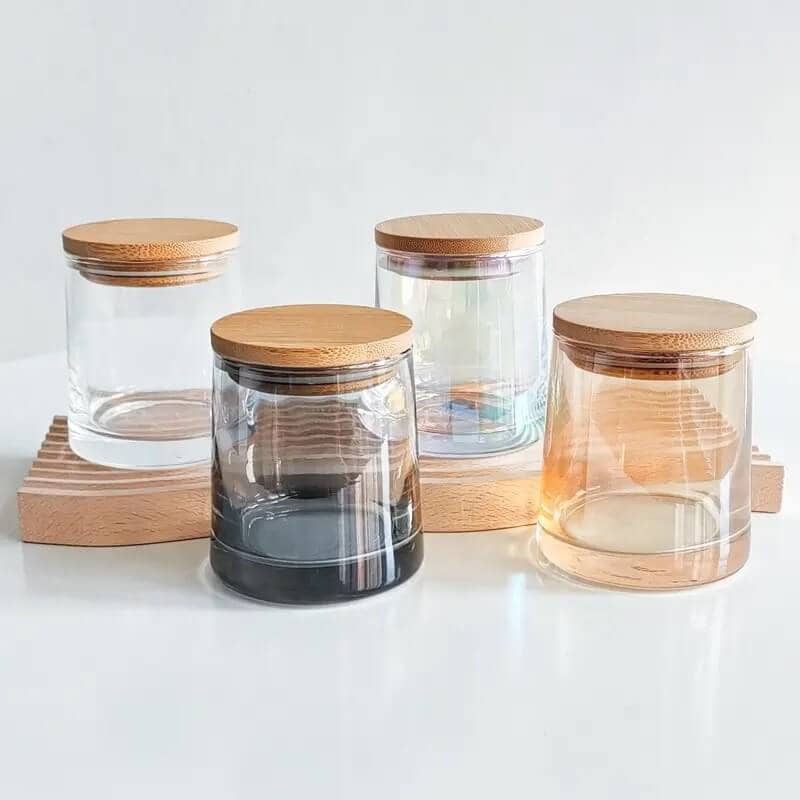
What are candle jars?
Candle jars are containers, typically made of glass, designed to hold candles. They come in diverse shapes, sizes, and styles, offering an attractive and decorative option for candle storage and display. Glass candle jars are popular for their aesthetics and versatility, fitting various settings and purposes.
Candle Jars Advantages
Candle jars offer several benefits that make them an appealing choice for many candle enthusiasts. Some of the key advantages of using candle jars are:
Attractive designs and variety:
Glass jars are available in a wide range of shapes, sizes, and colors, offering greater design flexibility and visual appeal than candle tins. This makes them a popular choice for those looking to enhance their home decor.
Glass transparency and candle visibility:
One of the most significant advantages of candle jars is their transparency. The clear glass allows you to see the candle inside, providing an attractive view of the burning flame and creating a cozy ambiance.
Reusability and repurposing:
Once the candle has burned down, glass jars can be easily cleaned and repurposed for various uses, such as storing small items, creating DIY projects, or even making new candles. This versatility adds to their appeal.
High-end appeal:
Candle jars often have a more luxurious and high-end look compared to candle tins. They are a popular choice for gifting and can also elevate the perceived value of a candle, making it a more attractive purchase for customers.
Candle Jars Disadvantages
While candle jars offer several appealing benefits, they also come with a few disadvantages that should be considered before making a decision. Some of the main drawbacks of candle jars include:
Fragility:
Glass jars, unlike metal tins, are more prone to breakage. Accidental drops or impacts can cause the jar to crack or shatter, posing a risk to the candle and potentially creating a safety hazard.
Heavier weight:
Glass jars are typically heavier than metal tins, which can make them less convenient to transport or handle, especially if you are planning to move them around frequently or take them on trips.
Limited heat resistance:
Glass, unlike metal, has a lower heat resistance. This means that candle jars may be more susceptible to cracking or shattering if exposed to extreme temperature changes or if the candle burns too hot.
Cost:
Candle jars are generally more expensive than candle tins due to the cost of materials and the manufacturing process. This can be a factor to consider, especially for candle makers who want to produce candles in bulk or for those on a budget.

Comparing Materials of Tins and Glass
When choosing between candle tins and candle jars, it’s important to understand the properties of the materials they are made from. Let’s take a closer look at the differences between tin and glass materials to help you make an informed decision.
Tin:
- Lightweight: Tin is a lighter material compared to glass, making candle tins easier to handle and transport.
- Durability: Tin is a durable material that can withstand minor impacts without breaking, unlike glass jars that may crack or shatter.
- Heat resistance: Tin has a higher heat resistance than glass, making it less likely to get damaged by high temperatures.
- Heat conduction: Tin is a better conductor of heat than glass, which means that it can get hotter to touch. This is an important safety aspect to consider when handling lit candles.
- Recyclability: Tin is a highly recyclable material, making it more environmentally friendly than glass, which is often harder to recycle due to its various types and impurities.
Glass:
- Transparency: Glass is a transparent material, allowing you to see the candle inside and enjoy the visual appeal of the burning flame.
- Aesthetic variety: Glass jars are available in a wide range of shapes, sizes, and colors, offering greater design flexibility than candle tins.
- Fragility: Glass is more fragile than tin, making it more susceptible to breakage from accidental drops or impacts.
- Reusability: Glass jars can be easily cleaned and repurposed for a variety of uses once the candle has burned down, adding to their versatility.
By understanding the properties of tin and glass materials, you can better determine which type of candle container best suits your needs, preferences, and priorities.
Safety Considerations: Candle Tins vs. Candle Jars
When using candles in any type of container, safety should be a top priority. Both candle tins and candle jars come with their own safety considerations that you should be aware of to ensure a safe and enjoyable candle-burning experience.
CANDLE TinS:
- Heat conduction: Tin conducts heat more efficiently than glass, which means that candle tins can become hot to touch during burning. Always handle a lit candle tin with care, using a heat-resistant surface or coaster to protect surfaces and avoid burns.
- Secure lids: Make sure the lid is removed from the tin before lighting the candle, as lighting a candle in a closed container can create a hazardous build-up of heat and pressure.
- Keep away from flammable materials: Ensure that your candle tin is placed on a stable, heat-resistant surface and away from any flammable materials, such as curtains, bedding, or papers.
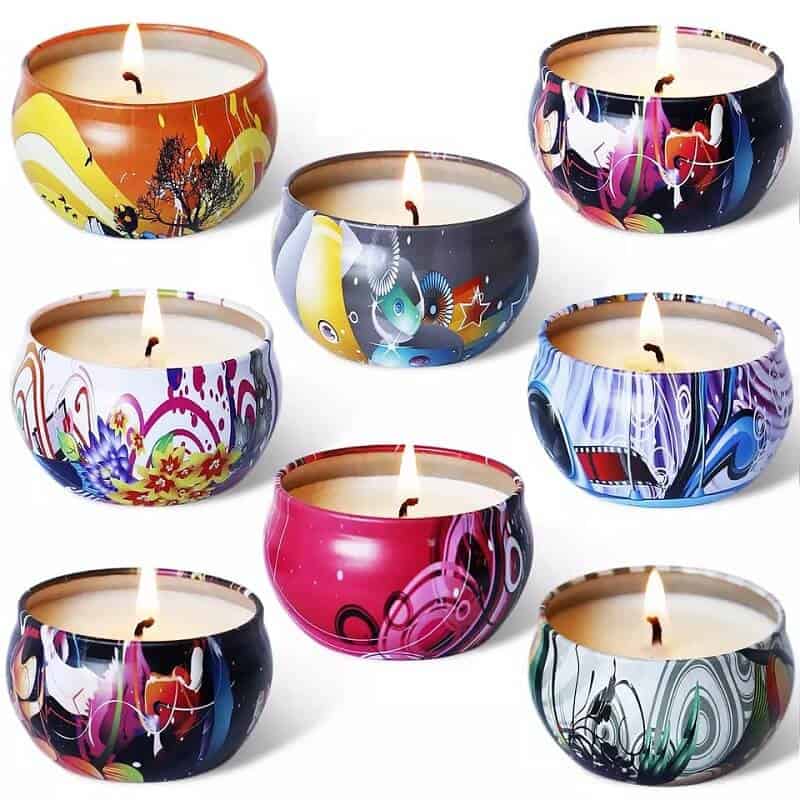
CANDLE JARS:
- Fragility: Glass jars are more fragile than tin containers, making them susceptible to cracks or shattering. Always inspect the jar for any damage before lighting a candle, and avoid placing a lit candle jar in areas where it could be accidentally knocked over.
- Thermal shock: Glass jars are sensitive to extreme temperature changes, which can cause them to crack or shatter. Avoid placing a hot candle jar on a cold surface or exposing it to cold drafts, and ensure the candle is placed on a heat-resistant surface or coaster.
- Low wax levels: When the wax level is low, the flame can cause the glass jar to overheat, increasing the risk of cracking or shattering. Always extinguish the candle when there is approximately 1/2 inch of wax remaining.
- Keep away from flammable materials: Just like with candle tins, it is essential to place candle jars on stable, heat-resistant surfaces and away from any flammable materials.
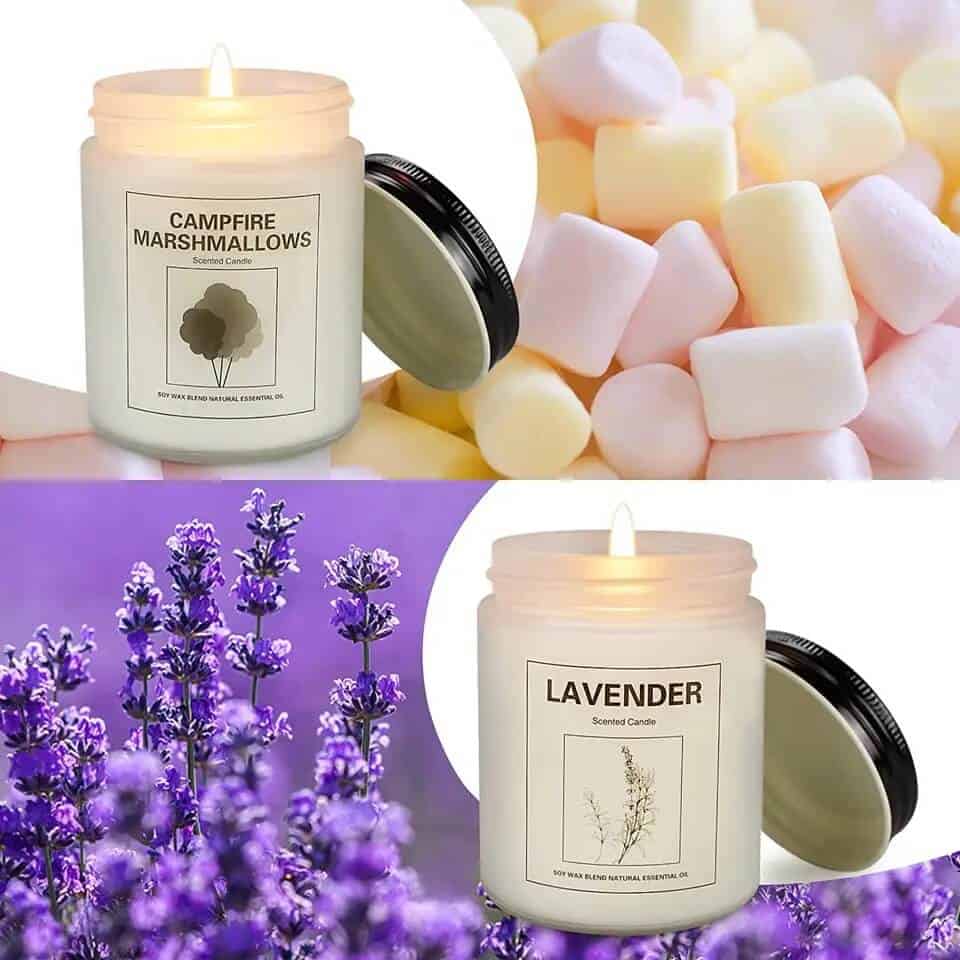
By being aware of these safety considerations and taking the necessary precautions, you can safely enjoy your candles in both tins and jars, creating a warm and inviting atmosphere in your home.
Sustainability and Environmental Impact: Candle Tins vs. Candle Jars
In today’s environmentally conscious world, it’s essential to consider the sustainability and environmental impact of the products we use. Both candle tins and candle jars have their own ecological considerations. Understanding these can help you make a more informed and environmentally responsible choice.
CANDLE TinS:
- Recyclability: Tin is a highly recyclable material, which makes it more environmentally friendly than glass. Metal recycling is a well-established process, and the recycling rates for tin are generally higher than those for glass.
- Production: The production process for tin containers generally has a lower environmental impact compared to glass jars. Tin production requires less energy, and the overall carbon footprint is lower.
- Transportation: Due to their lighter weight, candle tins require less energy for transportation, contributing to a reduced carbon footprint when compared to heavier glass jars.
- Reusability: Tins are reusable and versatile, offering an eco-friendly option for various purposes. They can be easily cleaned and repurposed for storage, organization, or creative DIY projects, reducing waste and promoting sustainability.
CANDLE jars:
- Recyclability: Glass is recyclable, but the recycling rates for glass are generally lower than those for tin. Glass recycling can be more challenging due to the need to separate different types of glass and remove impurities before processing.
- Production: The production process for glass jars has a higher environmental impact than that of tin containers. Glass production requires more energy and generates more greenhouse gas emissions.
- Transportation: Glass jars are heavier than tin containers, resulting in higher energy requirements for transportation, which contributes to a larger carbon footprint.
- Reusability: One advantage of glass jars is their versatility and reusability. Once a candle has burned down, glass jars can be cleaned and repurposed for various uses, such as storage or DIY projects. This can help reduce waste and extend the life of the container.
By considering the sustainability and environmental impact of both candle tins and candle jars, you can make a more responsible choice that aligns with your values and priorities.
Custom Your Candle Container: Creative Ideas for Tins and Jars
Whether you’re making candles for yourself or as gifts, custom or personalizing the container can add a special touch and make them unique. Both candle tins and candle jars offer various ways to customize and express your creativity. Here are some ideas to help you personalize your candle containers:
CANDLE TinS:
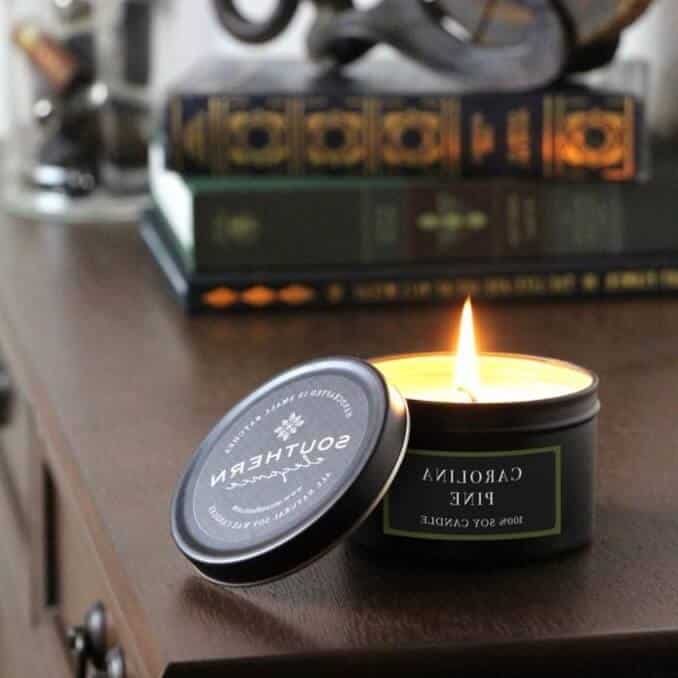
- Labels and stickers: Customize your candle tins with labels or stickers that reflect your style or the theme of the candle. You can design your own or purchase pre-made labels and stickers to adorn the tin.
- Paint and markers: Use paint or markers specifically designed for metal surfaces to create designs, patterns, or illustrations on the exterior of your candle tin. This can give your candle a one-of-a-kind look.
- Ribbons and twine: Tie ribbons or twine around the circumference of the tin for a simple yet elegant touch. You can also attach small charms, beads, or other decorative elements to the ribbon or twine.
- Fabric covers: Create a fabric cover for the lid of your candle tin, using fabric that matches your decor or the theme of the candle. This can add a cozy, homemade feel to your candle container.
CANDLE JARS:
- Etching: Use glass etching cream to create custom designs, patterns, or text on the exterior of your candle jar. This can give your candle a sophisticated, personalized appearance.
- Paint: Use glass paint or markers to create colorful designs or illustrations on your candle jar. This can make your container stand out and showcase your creativity.
- Decoupage: Apply decorative paper, fabric, or images to the outside of your glass jar using decoupage glue or Mod Podge. This technique can transform your candle jar into a unique piece of art.
- Embellishments: Attach small decorative elements, such as beads, rhinestones, or charms, to the exterior of your candle jar using a strong adhesive. This can add a touch of sparkle and elegance to your container.
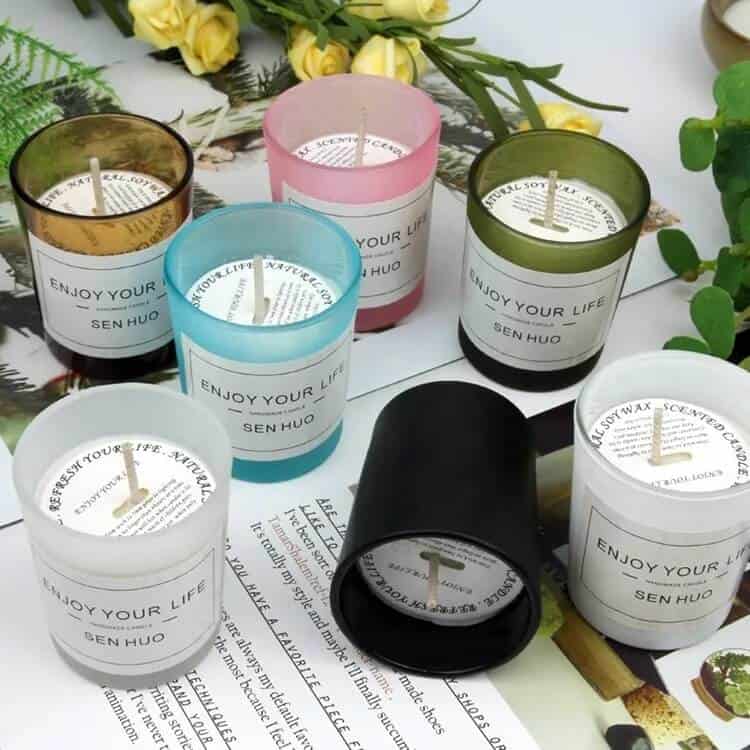
By personalizing your candle containers, you can create unique, customized candles that reflect your personality and style, making them perfect for your home or as thoughtful, handcrafted gifts.
Candle Tins vs Candle Jars
| Features | Candle Tins | Candle Jars |
|---|---|---|
| Material | Tin or aluminum | Glass |
| Weight | Lightweight, easier to transport | Heavier |
| Durability | More durable, resistant to minor impacts | More fragile, prone to cracks or shattering |
| Heat Conduction | Better heat conductor can get hotter to touch | Poorer heat conductor, less likely to get hot |
| Transparency | Opaque, cannot see the candle inside | Transparent, can see the candle and flame |
| Design Flexibility | Limited shapes and sizes | Wide range of shapes, sizes, and colors |
| Safety Considerations | Can get hot to touch, use on heat-resistant surface | Fragile, sensitive to thermal shock |
| Environmental Impact | Highly recyclable, lower carbon footprint | Recyclable but with lower recycling rates, higher carbon footprint |
| Reusability | Can be reused but may require more effort to clean | Easily cleaned and repurposed for various uses |
| Customization Options | Labels, stickers, paint, print, markers, fabric covers, embossing, debossing | Etching, paint, decoupage, embellishments |
Conclusion
In conclusion, both candle tins and candle jars have their own unique advantages and disadvantages. Candle tins are lightweight, durable, and more environmentally friendly, while candle jars offer greater design flexibility, transparency, and reusability. Each type of container has its own safety considerations and customization options. Ultimately, the choice between candle tins and candle jars comes down to personal preferences, priorities, and intended use. By understanding the differences and similarities between these two types of containers, you can make an informed decision and select the best option for your candle-making needs.
